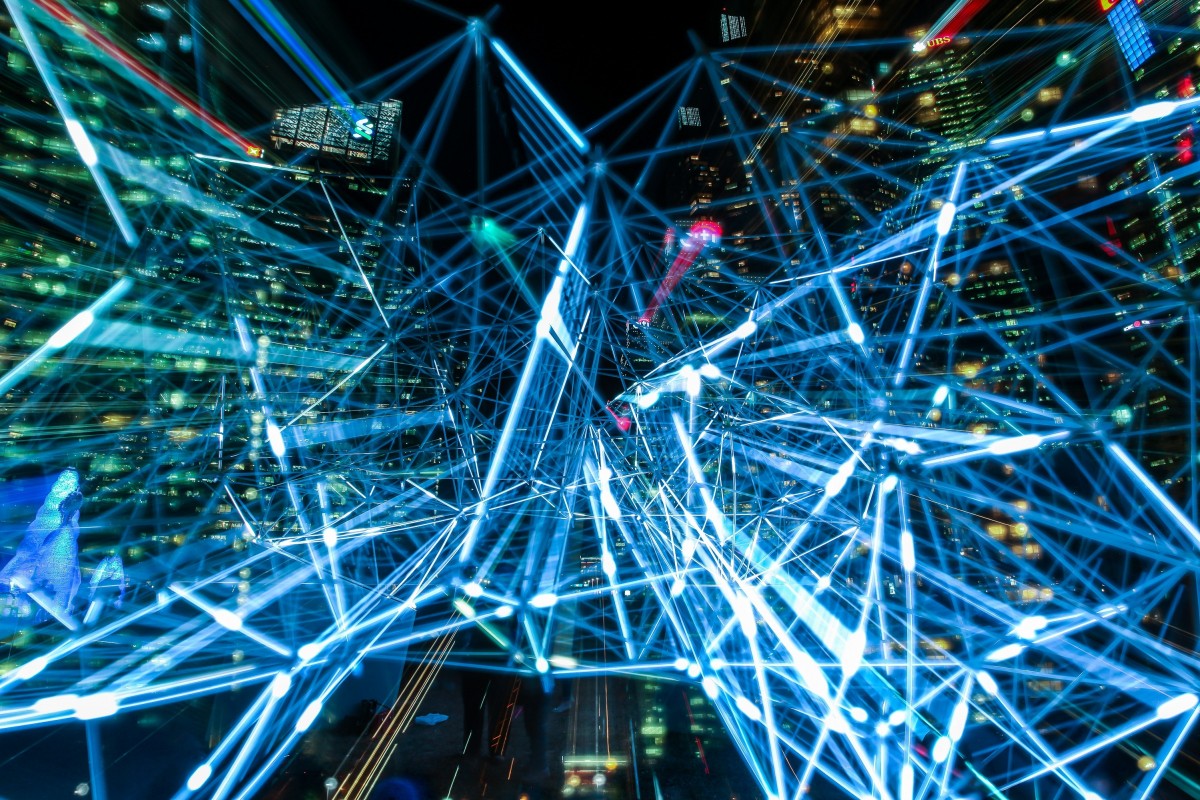Top generative AI trends for 2023

The field of Artificial Intelligence (AI) has been evolving rapidly in recent years, with generative AI in particular gaining significant traction. Generative AI involves the use of algorithms to generate new data, text, images, or videos that mimic real-world content. As we look ahead to 2023, several key trends in generative AI are likely to shape the future of the technology.
The field of Artificial Intelligence (AI) has been evolving rapidly in recent years, with generative AI in particular gaining significant traction. Generative AI involves the use of algorithms to generate new data, text, images, or videos that mimic real-world content. As we look ahead to 2023, several key trends in generative AI are likely to shape the future of the technology.
1. Advancements in GANs
Generative Adversarial Networks (GANs) are a type of generative AI that uses two neural networks - a generator and a discriminator - to generate new data. GANs have been used to create realistic images, videos, and even music, and in 2023, we can expect to see continued advancements in this technology. This includes the development of more efficient training methods and improved algorithms for generating more complex and diverse content.
2. Natural language processing (NLP) applications
NLP is the branch of AI that focuses on the interaction between computers and humans through natural language. In recent years, there has been significant progress in NLP applications such as chatbots and virtual assistants. In 2023, we can expect to see continued growth in this area, with the development of more sophisticated conversational AI that can understand and respond to complex queries.
3. AI-generated content for marketing
As businesses seek to differentiate themselves in a crowded marketplace, the use of AI-generated content is becoming increasingly popular. In 2023, we can expect to see more companies using generative AI to create personalized marketing content such as product descriptions, email campaigns, and social media posts. This will enable businesses to reach their target audiences with more relevant and engaging content, leading to increased customer engagement and sales.
4. AI-assisted creativity
One of the most exciting applications of generative AI is in the field of creative arts. In 2023, we can expect to see continued growth in this area, with the development of new tools and platforms that enable artists, musicians, and writers to harness the power of generative AI to enhance their creative output. This includes the use of AI to generate new ideas, generate music, or even assist in the creation of visual art.
5. Autonomous robots
Generative AI is also being used to create autonomous robots that can navigate and interact with the world around them. In 2023, we can expect to see continued advancements in this area, with the development of robots that can perform more complex tasks, such as cleaning and maintenance, or even assist in medical procedures.
6. AI for scientific research
The use of AI in scientific research has the potential to revolutionize the way we approach complex problems. In 2023, we can expect to see more researchers using generative AI to assist in tasks such as data analysis, drug discovery, and even hypothesis generation. This will enable scientists to work more efficiently and effectively, leading to faster breakthroughs in a wide range of fields.
7. Privacy and ethics concerns:
As generative AI becomes more widespread, there are growing concerns about its impact on privacy and ethics. In 2023, we can expect to see increased attention paid to these issues, with the development of new policies and regulations to ensure that the use of generative AI is both ethical and responsible. In recent years, there has been a growing trend towards the democratization of AI, with the development of tools and platforms that make it easier for people without a background in computer science to develop and deploy AI applications. In 2023, we can expect to see continued growth in this area, with the development of new platforms that make it easier for businesses and individuals to leverage the power of generative AI.
Generative AI, which involves using algorithms to create new data, text, images, or videos that mimic real-world content, is a rapidly evolving field with several key trends that will shape its future in 2023. These include advancements in Generative Adversarial Networks (GANs), Natural Language Processing (NLP) applications, AI-generated content for marketing, AI-assisted creativity in creative arts, autonomous robots, and AI for scientific research. However, concerns about privacy and ethics will also continue to be addressed, and there will be continued growth in democratizing AI with new tools and platforms to make it more accessible.
